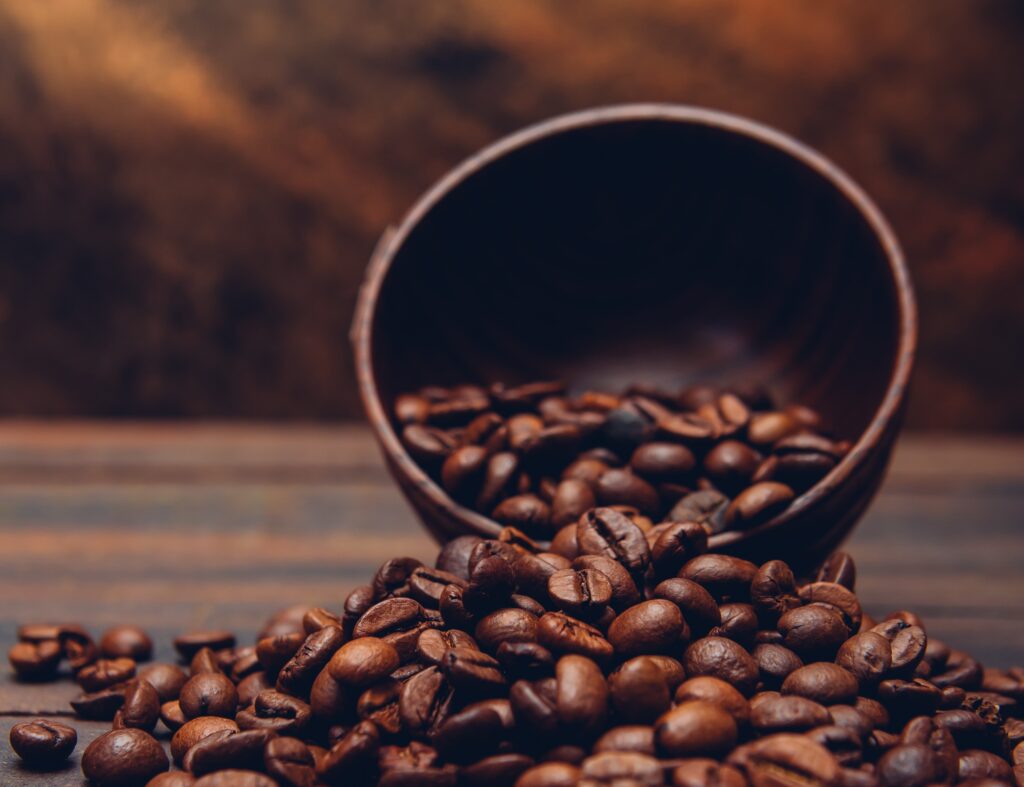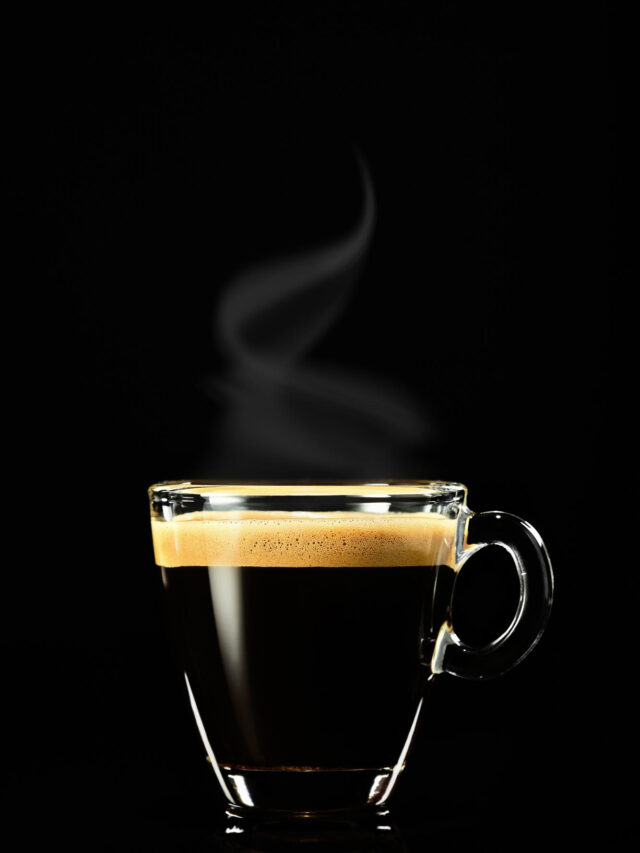If you’re a coffee enthusiast, and looking for best coffee for espresso understand the importance of a perfect espresso shot – that rich, aromatic, and concentrated coffee that forms the base of numerous delightful beverages. But achieving that flawless espresso requires more than just a great espresso machine; it begins with selecting the right coffee beans. In this article, we’ll dive into the world of espresso coffee, exploring the finest coffee beans that deliver a truly exceptional espresso experience.
Table of Contents

Introduction to best coffee for espresso
Espresso – a small but mighty coffee concentrate that forms the base of various beloved drinks. But to create that magical shot, one must begin with the right coffee beans. Let’s explore the world of espresso coffee and uncover the best coffee for espresso that promise an unparalleled experience.
Understanding Espresso Coffee
What Sets Espresso Apart?
Espresso isn’t just another coffee; it’s a brewing method that results in a concentrated, bold, and full-bodied coffee. The unique extraction process involves forcing hot water through finely-ground coffee under high pressure. This leads to the extraction of oils, flavors, and aromatic compounds that define the essence of espresso.
The Role of Coffee Beans
While the brewing process plays a crucial role in finding the best coffee for espresso, the foundation is laid by the coffee beans themselves. The choice of beans, their roast level, and their quality collectively influence the taste, aroma, and crema of the espresso shot.
Key Factors for Choosing Best Coffee for Espresso
Roast Level: Striking the Balance
The roast level significantly impacts the flavor profile of the espresso. A darker roast brings out bolder, smokier notes, while a lighter roast retains more of the bean’s inherent characteristics. The ideal roast level lies in between – a medium to medium-dark roast that offers a harmonious balance of flavors.
Bean Varieties: Arabica vs. Robusta
The two primary bean varieties used in espresso blends are Arabica and Robusta. Arabica beans contribute to the coffee’s acidity, aroma, and complexity, while Robusta beans add body, crema, and a slight bitterness. A well-balanced blend of both can create a splendid espresso.
Freshness: From Bean to Brew
Freshness is paramount in espresso preparation. Coffee beans begin to lose their optimal qualities shortly after being roasted. It’s recommended to use beans within two weeks of the roast date for the best results. Grinding the beans just before brewing further preserves their freshness.
Origin Matters: Single-Origin vs. Blends
Single-origin beans come from a specific region and carry distinctive flavors of that area. On the other hand, blends combine beans from different origins to achieve a well-rounded taste profile. Both options have their merits, and the choice depends on personal preferences.

Top Picks for Best Coffee for Espresso
Italian Dark Roast: Bold and Intense
Originating from Italy, this dark roasted blend offers a robust and intense flavor. It’s characterized by its smoky undertones and caramelized sweetness, making it a classic choice for espresso lovers seeking a strong character in their cup.
Colombian Supremo: Rich and Balanced
Colombian Supremo beans are known for their well-balanced profile. With medium acidity and a nutty undertone, they produce a velvety espresso with a smooth finish, appealing to a wide range of palates.
Ethiopian Yirgacheffe: Bright and Fruity
If you prefer a bright and fruity espresso, Ethiopian Yirgacheffe beans are an excellent option. With floral notes and hints of citrus, they add vibrancy and uniqueness to your espresso experience.
Brazilian Santos: Creamy and Chocolatey
Brazilian Santos beans offer a creamy body and a chocolate-like essence. They bring a touch of sweetness to your espresso, making it a delightful choice for those who enjoy a milder yet flavorful cup.
The Art of Grinding
Importance of the Right Grind
The grind consistency directly affects the extraction process. For espresso, a fine and uniform grind is essential. It allows for proper water penetration and ensures that the flavors are extracted optimally.
Types of Coffee Grinders
Two common types of coffee grinders are burr grinders and blade grinders. Burr grinders offer precise control over grind size, which is crucial for espresso. Blade grinders, while more affordable, often produce uneven grinds that can result in inconsistent extraction.
Perfecting the Espresso Shot
Pulling the Shot: Step-by-Step
Pulling an espresso shot requires skill and precision. It involves loading the portafilter, tamping the coffee evenly, and placing it in the espresso machine. The machine then forces hot water and also you can enjoy it as (cold brew) through the coffee grounds at high pressure, resulting in the iconic crema-topped espresso shot.
Achieving Crema: The Golden Layer
Crema – the reddish-brown layer that crowns a well-pulled espresso shot – is a visual indicator of quality. It consists of oils, proteins, and sugars extracted during brewing. A rich and creamy crema suggests a well-balanced and properly brewed espresso.
Storing Espresso Beans
Factors Affecting Freshness
To maintain the freshness of your espresso beans, consider factors like air, light, heat, and moisture. Exposure to these elements can accelerate the deterioration of the beans’ flavor and aroma.
Best Practices for Storage
To preserve your beans’ quality, store them in an airtight container in a cool, dark place. Avoid placing them in the fridge or freezer, as they can absorb unwanted odors and moisture.
Unveiling the Secret: Barista Tips
The Science of Tamping
Tamping is the process of compacting the coffee grounds in the portafilter. It ensures even extraction by creating a uniform surface. Proper tamping, combined with the right grind, is vital for a well-balanced espresso shot.
Optimal Water Temperature
Water temperature profoundly affects extraction. Water that’s too hot can lead to over-extraction, resulting in bitterness. On the other hand, water that’s too cold may not extract the flavors fully. The ideal water temperature ranges between 195°F to 205°F (90°C to 96°C).
The Ritual of Brewing: Best Coffee for Espresso
Mastering Milk Frothing
For those who enjoy milk-based espresso beverages, mastering milk frothing is essential. Achieving velvety, microfoam milk enhances the texture and flavor of drinks like lattes and cappuccinos.
Crafting Latte Art
Creating latte art is both an enjoyable practice and a way to impress friends and family. Pouring techniques, milk consistency, and timing are crucial for achieving intricate designs atop your espresso creations.
Exploring Beyond Tradition: Espresso-Based Beverages
Macchiato, Americano, and More
Espresso forms the base of various drinks beyond the classic shot. A macchiato adds a splash of milk, while an Americano dilutes espresso with hot water. Discovering these variations adds excitement to your coffee journey.
Blending Flavors: Syrups and Spices
Experimenting with flavored syrups and spices lets you personalize your espresso-based beverages. From vanilla and caramel to cinnamon and nutmeg, these additions can elevate your drink’s taste profile.
Conclusion
Selecting the best coffee beans for your espresso is the first step toward a remarkable coffee journey. The intricate dance of roast levels, bean varieties, and brewing techniques all contribute to that perfect cup. So, go ahead and explore the diverse world of espresso coffee to awaken your senses and elevate your coffee experience.
FAQs of Best Coffee for Espresso
- Is a darker roast better for espresso? A darker roast offers boldness and smoky flavors, but the “best” roast depends on personal preference.
- Can I use any coffee beans for espresso? While any coffee can be used, specific espresso blends or single-origin beans work best due to their balanced characteristics.
- How often should I clean my espresso machine? Regular cleaning, ideally every week, ensures the machine’s longevity and the quality of your espresso.
- What’s the ideal brewing time for espresso? Typically, a single espresso shot takes about 25-30 seconds to brew, resulting in a 1-ounce (30ml) shot.
- Can I make decaffeinated espresso? Yes, decaf espresso is an option. Look for beans labeled specifically for espresso to ensure optimal flavor extraction.

